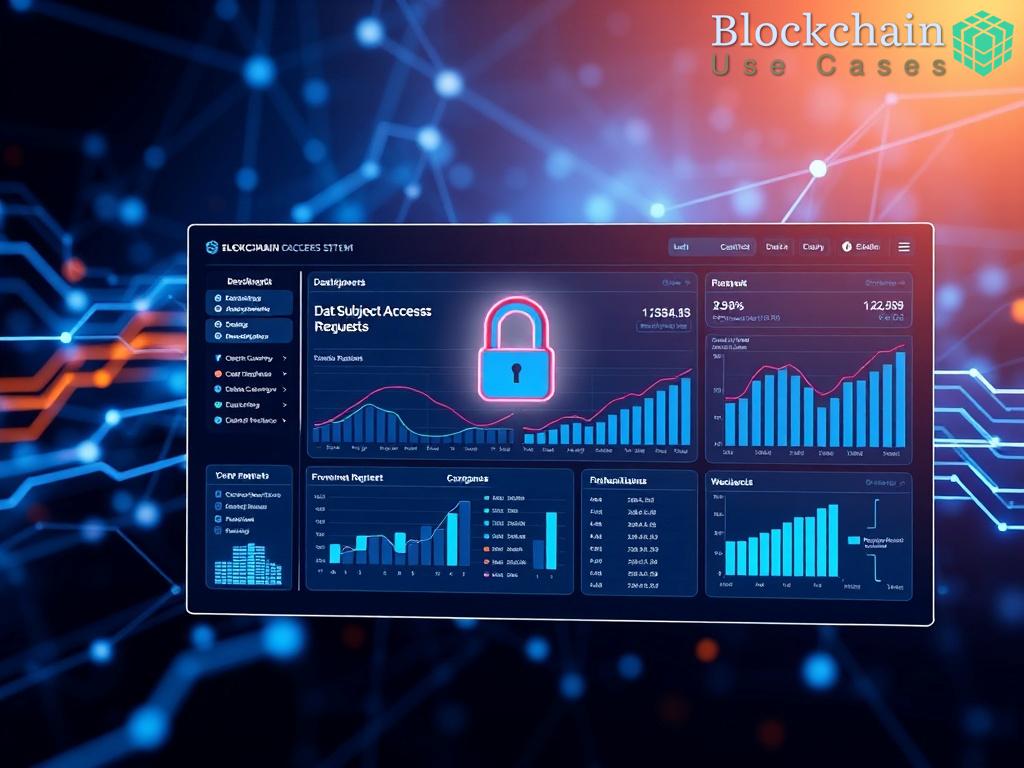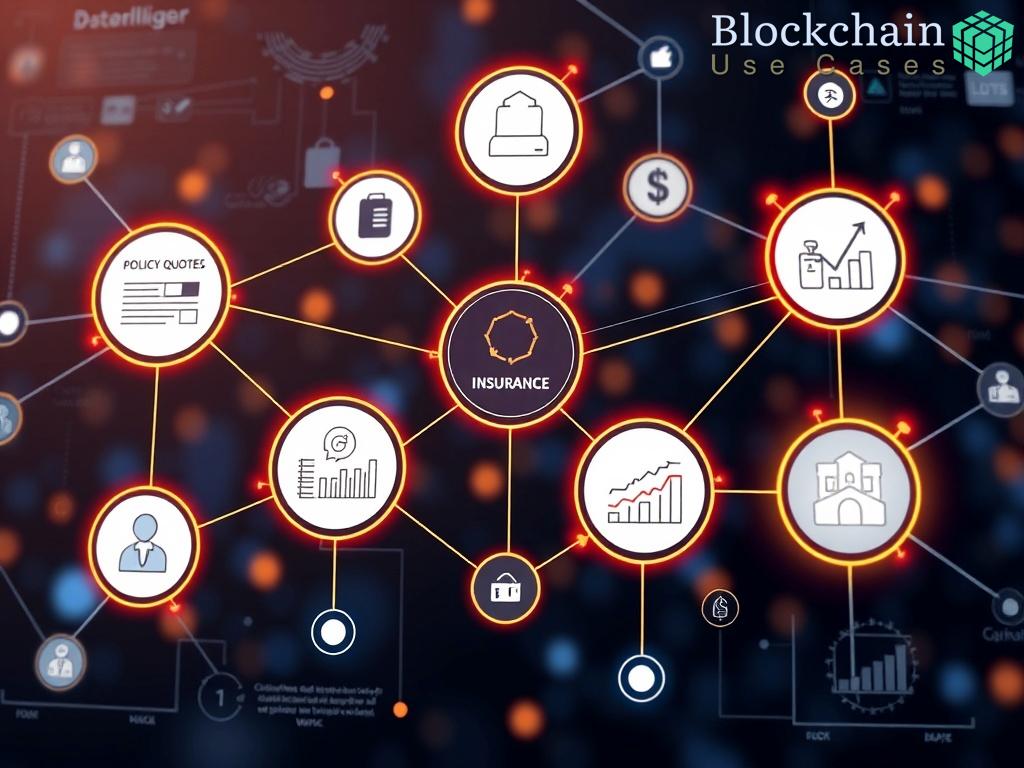Introduction to Decentralized Microgrid Platforms

As the demand for renewable energy accelerates, decentralized microgrid platforms are gaining traction as viable solutions for energy trading and balancing. These platforms empower local communities to manage their energy resources more efficiently, utilizing technology that bypasses traditional centralized models. The shift towards decentralized energy not only enhances energy security but also promotes sustainability by integrating local renewable sources.
Decentralized microgrid platforms leverage blockchain technology and smart contracts to facilitate peer-to-peer energy trading. These systems allow consumers to buy and sell energy directly, creating a transparent marketplace that maximizes resource utilization. The decentralized nature ensures that no single entity controls the energy flow, promoting fairness and equality in energy distribution.
- Peer-to-Peer Trading: Consumers can trade surplus energy with each other, effectively reducing waste and maximizing the use of renewable resources.
- Smart Contracts: Automated agreements that execute transactions based on predefined conditions, ensuring trust and efficiency in trades.
- Real-Time Balancing: Advanced algorithms monitor energy supply and demand in real-time, allowing for immediate adjustments to prevent outages.
- Enhanced Security: The use of blockchain technology provides a secure and immutable record of all transactions.
While decentralized microgrid platforms offer promising solutions, they also face several challenges, including regulatory hurdles and the need for robust infrastructure. However, the potential benefits of increased energy independence, reduced costs, and enhanced sustainability create ample opportunities for innovation in this space. As governments and private sectors collaborate to overcome these challenges, the future of decentralized microgrid platforms looks bright.
Key Technologies Enabling Energy Trading
As the landscape of energy management evolves, several key technologies emerge as the backbone of decentralized platforms for microgrid energy trading. These technologies not only enhance operational efficiency but also empower users to engage actively in energy markets. Understanding these technologies is crucial for stakeholders looking to leverage decentralized systems effectively.
Blockchain technology stands at the forefront of decentralized energy trading, providing a secure and transparent ledger for all transactions. By allowing peer-to-peer interactions without the need for intermediaries, blockchain enhances both trust and accountability among participants. Each transaction is recorded in a tamper-proof manner, ensuring that all energy exchanges are verifiable and traceable, which is critical for maintaining the integrity of the trading system.
The integration of smart grids with the Internet of Things (IoT) facilitates real-time monitoring and management of energy flows within microgrids. Smart meters and sensors collect data on energy consumption and generation, enabling automated responses to fluctuations in supply and demand. This capability is essential for optimizing energy distribution and ensuring that resources are utilized efficiently. Moreover, IoT devices can communicate with each other, allowing for dynamic adjustments based on current energy needs.
Artificial Intelligence (AI) and machine learning algorithms play a pivotal role in predicting energy consumption patterns and optimizing trading strategies. By analyzing historical data and real-time inputs, these technologies can forecast demand surges or drops, enabling microgrid operators to make informed decisions. This proactive approach not only helps in balancing energy loads but also enhances the profitability of trading activities.
In conclusion, the convergence of these key technologies—blockchain, smart grids with IoT, and AI—creates a robust framework for decentralized microgrid energy trading. Their combined capabilities allow for a more responsive, efficient, and transparent energy marketplace, ultimately driving the transition toward sustainable energy solutions.
Key Technologies and Their Roles:
| Technology | Role in Energy Trading |
|---|---|
| Blockchain | Provides secure, transparent transaction records |
| Smart Grids | Facilitates real-time energy monitoring and management |
| IoT | Enables automated communication for dynamic adjustments |
| AI & Machine Learning | Predicts consumption patterns for optimized trading |
Regulatory Challenges in Microgrid Energy Systems
In the rapidly evolving landscape of decentralized energy solutions, regulatory challenges have emerged as significant barriers to the effective implementation of microgrid energy systems. As local communities strive to harness their renewable resources and engage in peer-to-peer energy trading, it becomes crucial to understand the regulatory framework that governs these activities. These regulations not only impact the operational dynamics of microgrids but also determine the extent to which they can contribute to energy independence and sustainability.
Regulatory Frameworks and Compliance Issues
Microgrid systems often operate in a complex regulatory environment that varies significantly across regions. Many jurisdictions lack explicit regulations that address decentralized energy trading, leading to confusion and uncertainty. This scenario can hinder innovation and limit participation from local stakeholders. Furthermore, existing energy regulations, which are primarily designed for traditional centralized systems, may not adequately accommodate the unique attributes of microgrids. As a result, operators may face compliance issues that complicate their ability to engage in energy trading, thus stifling the growth of decentralized platforms.
Market Structure and Access
The structure of energy markets plays a critical role in determining the success of decentralized microgrid platforms. In many cases, traditional utilities hold monopolistic control over energy distribution, creating significant barriers for microgrid operators to access the broader energy market. This lack of market access limits their ability to trade energy freely and may prevent communities from fully realizing the benefits of their local generation capabilities. Moreover, regulatory reforms are often necessary to create a level playing field that allows microgrids to compete effectively with established utility providers. Engaging policymakers in discussions about adapting market structures can pave the way for a more inclusive and dynamic energy marketplace.
Future Outlook and Collaborative Solutions
Despite the formidable challenges, there is a growing recognition among regulators of the need to adapt existing frameworks to embrace decentralized energy systems. Collaborative efforts between governments, industry stakeholders, and communities are essential to navigate these regulatory hurdles. By fostering an environment of innovation and flexibility, regulatory bodies can facilitate the development of policies that support microgrid initiatives while ensuring consumer protection and grid stability. As decentralized platforms continue to gain momentum, the evolution of regulatory frameworks will play a vital role in shaping the future of energy trading and balancing in microgrid systems.
Economic Implications of Decentralized Energy Trading
The advent of decentralized energy trading platforms is fundamentally reshaping the energy landscape, introducing new economic dynamics that benefit both consumers and producers. By empowering local communities to engage in energy trading, these platforms foster a more resilient and sustainable economy. As we delve into the economic implications, it becomes clear that the shift towards decentralized energy not only promotes efficiency but also stimulates local economies.
Decentralized microgrid systems enable localized energy markets where energy generation and consumption occur within close proximity. This localized approach reduces transmission losses and enhances energy reliability. By facilitating peer-to-peer trading, these platforms allow individuals to monetize their excess energy, contributing to a circular economy that encourages investment in renewable technologies. Local producers benefit from direct sales to nearby consumers, which can lead to a more predictable income stream. Furthermore, as communities invest in renewable energy sources, they stimulate job creation in sectors such as installation, maintenance, and energy management.
One of the most significant economic benefits of decentralized energy trading is cost efficiency. Traditional centralized energy systems often suffer from inefficiencies and high overhead costs, which are passed on to consumers. In contrast, decentralized platforms can minimize these costs by eliminating intermediaries, allowing for competitive pricing. Consumers gain the ability to choose their energy sources, leading to reduced energy bills and increased control over their energy consumption. Moreover, the integration of advanced technologies such as AI and IoT into microgrid systems optimizes energy distribution, further enhancing cost savings.
Additionally, as consumers become more engaged in energy trading, they develop a sense of ownership over their energy resources. This empowerment not only fosters a culture of sustainability but also encourages individuals to adopt energy-efficient practices, ultimately benefiting the economy as a whole.
While the transition to decentralized energy trading offers numerous economic advantages, it is not without challenges. Regulatory uncertainties and market access barriers can hinder the growth of localized energy markets. However, overcoming these challenges can lead to enhanced economic resilience. By diversifying energy sources and reducing dependence on centralized utilities, communities can better withstand market fluctuations and external shocks. This resilience is crucial in an era marked by increasing climate variability and energy demand.
| Economic Benefits | Decentralized Platforms | Traditional Systems |
|---|---|---|
| Cost Efficiency | Lower overhead and competitive pricing | Higher costs passed to consumers |
| Job Creation | Growth in local renewable sectors | Limited local employment opportunities |
| Consumer Empowerment | Direct control over energy choices | Minimal consumer influence |
In summary, the economic implications of decentralized energy trading are profound, presenting opportunities for cost savings, job creation, and enhanced consumer autonomy. As communities navigate the complexities of this new energy paradigm, the focus on local economies and sustainability will undoubtedly lead to a more equitable and resilient energy future.
Case Studies: Successful Microgrid Implementations
Across the globe, decentralized microgrid implementations have showcased remarkable progress in energy management, demonstrating how communities can leverage local resources to achieve energy independence. These case studies highlight the innovative approaches and technologies that have enabled successful microgrid operations, serving as a model for future initiatives. By examining these examples, we can understand the diverse strategies employed and the tangible benefits they render to local economies and energy sustainability.
Several pioneering microgrid projects exemplify the potential of decentralized energy trading platforms. Here, we explore a selection of noteworthy case studies that illustrate how communities have effectively harnessed microgrid technologies to optimize energy distribution and trading.
- Borrego Springs, California: This small Californian town has established a microgrid that integrates solar energy generation with battery storage systems. By enabling residents to trade surplus solar energy among themselves, Borrego Springs has achieved a significant reduction in energy costs while enhancing grid resilience during outages.
- Brooklyn Microgrid, New York: Utilizing blockchain technology, the Brooklyn Microgrid allows local participants to trade renewable energy directly. Residents can buy and sell energy generated from solar panels on their rooftops, fostering a sense of community while promoting sustainable practices. This project has not only increased local energy independence but also empowered residents to take an active role in energy management.
- Microgrid in Svalbard, Norway: The Arctic archipelago of Svalbard operates a microgrid that combines renewable energy sources, including wind and solar, with conventional generators. This hybrid approach ensures a stable energy supply despite extreme weather conditions, while also supporting the region’s commitment to sustainability. The project has demonstrated the viability of decentralized energy systems in challenging environments.
Analyzing these successful microgrid case studies reveals several common factors that contribute to their effectiveness:
- Community Engagement: Successful projects emphasize the involvement of local residents in decision-making processes, fostering a sense of ownership and responsibility.
- Technological Integration: The use of advanced technologies, such as blockchain and IoT, enhances operational efficiency and facilitates real-time energy trading.
- Regulatory Support: Supportive regulatory frameworks that promote innovation and provide clarity are essential for the growth of decentralized energy systems.
By learning from these examples, other communities can replicate these successes and adapt strategies that align with their unique energy needs and resources. The ongoing evolution of decentralized microgrid platforms is a testament to the transformative potential of localized energy solutions.


















